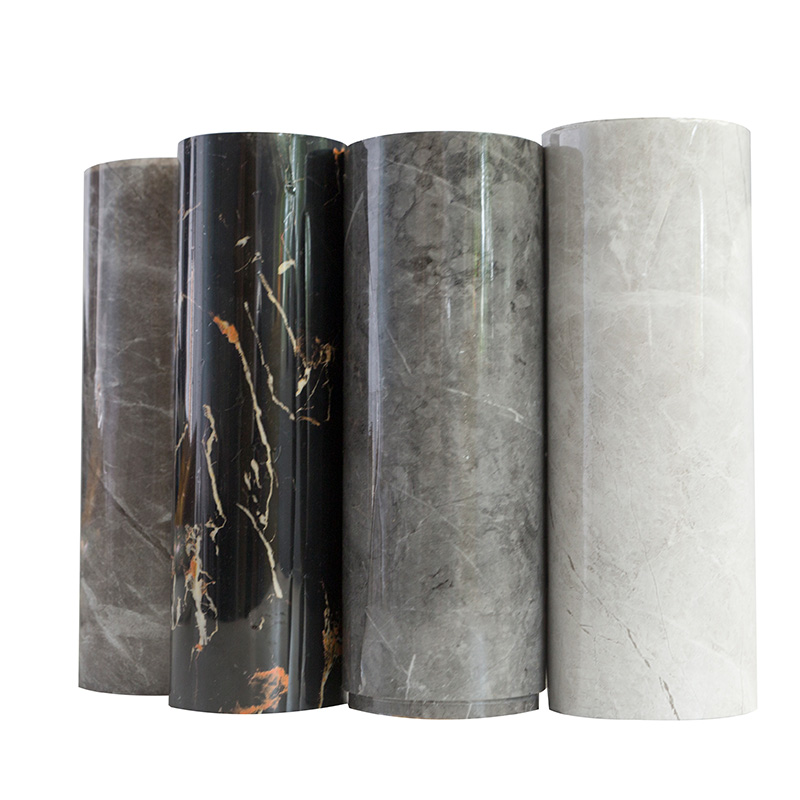Full-color printing with heat transfer film ink layer ribbons involves a process known as thermal transfer printing, which uses multiple layers of colored inks to produce a wide range of colors and graphics. Here is a simplified explanation of the principle of full-color printing using heat transfer film ink layer ribbons:
Components of a Thermal Transfer Ribbon:
Base Film: The base film is typically made of polyester or a similar material. It provides the structural support for the ribbon.
Ink Layers: Thermal transfer ribbons contain multiple ink layers, each of a different color (e.g., cyan, magenta, yellow, and black, known as CMYK). These ink layers are arranged in a specific order on the ribbon.
Printing Process:
Thermal Printing: Full-color printing with a heat transfer film ink layer ribbon begins with a thermal printer equipped with a thermal print head. The thermal print head has tiny heating elements that can be individually controlled.
Selective Heating: To create an image or color, the printer selectively heats the heating elements on the thermal print head based on the desired color. Each color requires a different combination of heating elements to achieve the correct temperature.
Ink Transfer: When a heating element is activated, it heats the corresponding ink layer on the ribbon. This ink layer melts in response to the heat, becoming a liquid.

Printing on the Label or Material: The liquid ink is transferred onto the label or material being printed. The material is usually a label, tag, or packaging surface. As the ink comes into contact with the material, it solidifies and adheres to the surface.
Sequential Printing: To create full-color images, the printer goes through a series of passes, one for each ink color. For example, it may start with the yellow ink, then cyan, magenta, and finally black. Each pass adds a layer of color to the printed image.
Color Mixing: By combining different percentages of the CMYK inks in each pass, a wide spectrum of colors can be achieved. The colors blend together visually when viewed at a distance, creating the appearance of a full-color image.
Key Points:
Full-color printing with heat transfer film ink layer ribbons relies on the concept of color subtraction. In this method, colors are created by subtracting or blocking specific wavelengths of light, resulting in the perception of different colors.
The order in which the ink layers are applied and the precise control of the heating elements on the print head are essential for accurate color reproduction.
This process is commonly used in thermal transfer printing for applications such as product labeling, packaging, and tag printing, where high-quality, durable color graphics are required.

 English
English





 WeChat
WeChat WhatsApp
WhatsApp